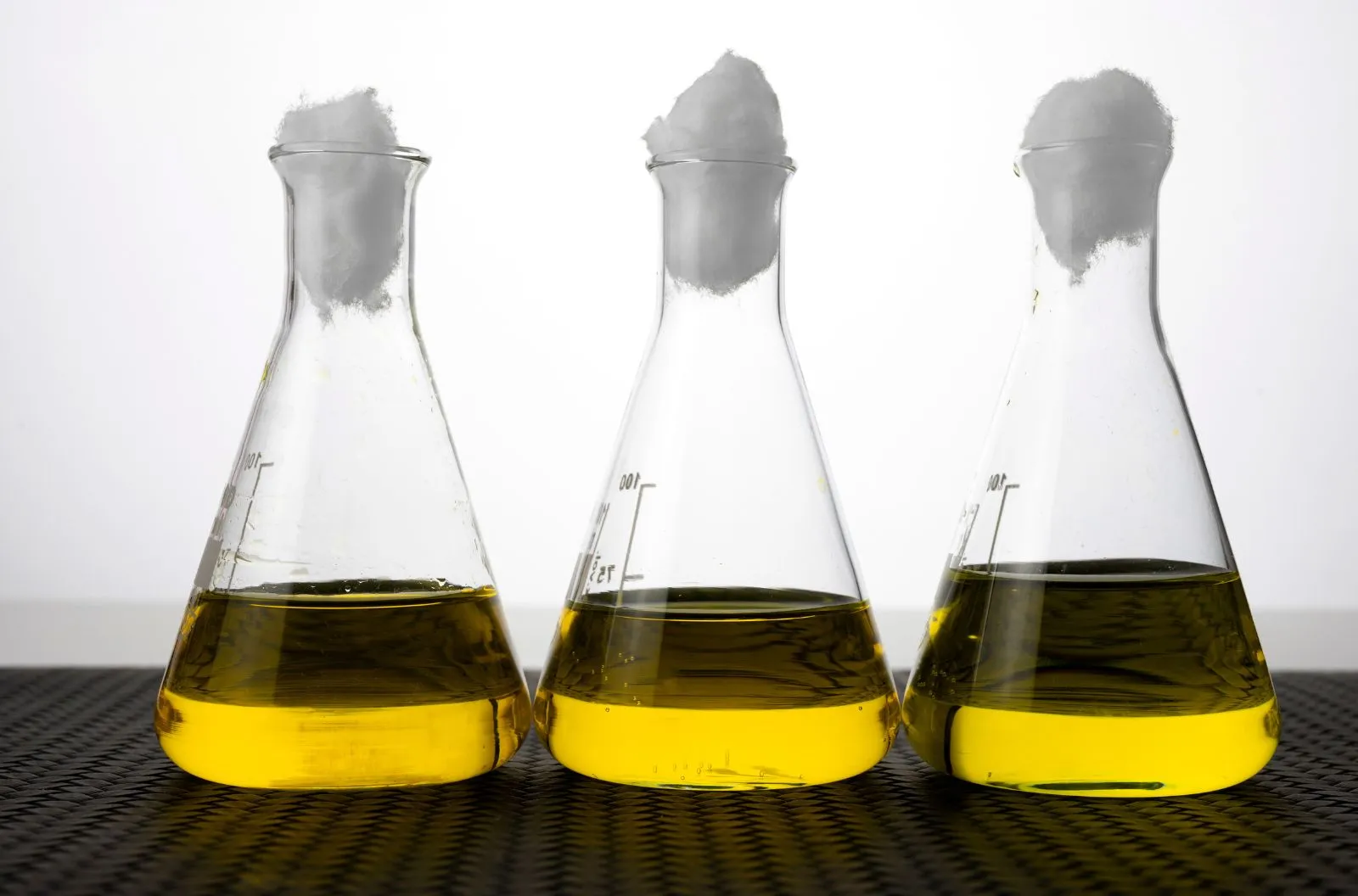Some common examples of commodity chemicals include:
Sulfuric Acid: Used in fertilizer production, petroleum refining, and chemical synthesis.
Sodium Hydroxide (Caustic Soda): Essential in soap making, paper production, and chemical manufacturing.
Ethylene: A key raw material in producing plastics, antifreeze, and synthetic fibers.
The production of commodity chemicals involves large-scale industrial processes. These processes aim to maximize efficiency and output, ensuring a steady supply to meet global demand. Common production methods include:
Cracking: This involves breaking down large hydrocarbons into smaller molecules such as ethylene and propylene, which are crucial for manufacturing plastics and synthetic materials. Steam cracking and catalytic cracking are common methods used in this process.
Distillation: Fractional distillation separates crude oil into fractions such as naphtha, kerosene, and diesel, each containing hydrocarbons of similar boiling ranges. These fractions are further processed into specific chemicals.
Polymerization: Addition polymerization joins monomers to form polymers like polyethylene and polypropylene, used in a wide range of plastic products. Condensation polymerization creates polymers like nylon and polyester, used in textiles, packaging, and engineering plastics.
Production facilities, including petrochemical plants and chemical manufacturing plants, operate continuously to maximize efficiency. Safety protocols and environmental controls are crucial for managing emissions, waste, and hazards.
The supply chain for commodity chemicals is intricate, involving multiple stages from raw material extraction to final delivery. Key players include:
Producers: Companies that manufacture commodity chemicals on a large scale.
Distributors: Entities handling storage, transportation, and distribution to various industries.
End Users: Industries utilizing these chemicals as raw materials for their products.
Effective supply chain management ensures timely and reliable delivery, meeting the global demand for these essential chemicals.
Commodity chemicals are vital in numerous industrial applications. Key industries relying on these chemicals include:
Fertilizers: Ammonia, sulfuric acid, and urea are key components in fertilizers that enhance soil fertility and crop yields.
Pesticides and Herbicides: Chemicals like glyphosate and atrazine help protect crops from pests and weeds, ensuring higher productivity.
Excipients: Chemicals like sodium hydroxide are used in drug formulations to improve stability and delivery.
Plastics: Ethylene and propylene are polymerized to produce polyethylene and polypropylene, essential for packaging, containers, and numerous other plastic products.
Textiles: Polyester and nylon, produced from commodity chemicals, are crucial in fabric manufacturing for clothing, home furnishings, and industrial applications.
Cement and Concrete Additives: Calcium carbonate and silicon dioxide are used to improve the strength and durability of construction materials.
Paints and Coatings: Titanium dioxide provides pigmentation and UV protection in paints and coatings.
Oil and Gas: Chemicals like sulfuric acid and hydrogen sulfide are used in refining crude oil and natural gas.
Batteries: Sulfuric acid is a key component in lead-acid batteries, while lithium compounds are used in lithium-ion batteries.
Preservatives: Acetic acid and sodium benzoate are used to extend the shelf life of food products.
Cosmetics: Sodium hydroxide and various silicones are used in soaps, shampoos, and lotions.
Fragrances: Ethanol is a common solvent in perfumes and colognes.
Purification Chemicals: Chlorine and aluminum sulfate are used to disinfect water and remove impurities, ensuring safe drinking water.
Beyond industrial applications, commodity chemicals are prevalent in everyday products. For instance:
Personal Care Products: Ethanol is a common ingredient in hand sanitizers and cosmetics.
Food and Beverage: Acetic acid is used as a preservative and flavoring agent in food products.
These examples demonstrate the ubiquitous presence of commodity chemicals in our daily lives.
The commodity chemicals market is influenced by various trends, including:
Global Demand: The increasing demand for consumer goods and industrial products drives market growth.
Regulatory Policies: Environmental regulations and safety standards impact the production and use of these chemicals.
Raw Material Costs: Fluctuations in crude oil, natural gas, and mineral prices can affect production costs.
Supply and Demand Dynamics: Changes in global demand and supply chain disruptions can lead to price fluctuations.
Geopolitical Factors: Trade policies, tariffs, and geopolitical tensions can impact availability and costs.
The production and use of commodity chemicals have significant environmental implications. Key concerns include:
Pollution: Emissions from manufacturing processes contribute to air and water pollution.
Waste Management: Proper disposal and recycling of chemical waste are crucial to minimize environmental impact.
Sustainability: Developing sustainable practices and greener alternatives is increasingly important to reduce the environmental footprint of commodity chemicals.
Handling and transporting commodity chemicals require strict safety protocols to prevent accidents and ensure worker safety. Key safety measures include:
Proper Storage: Chemicals must be stored in appropriate containers to prevent leaks and spills.
Training and Education: Workers handling chemicals must be trained in safety procedures and emergency response.
Regulatory Compliance: Adhering to regulations and safety standards ensures safe operations.
The commodity chemicals industry is evolving, driven by innovations and technological advancements. Emerging trends include:
Green Chemistry: Developing eco-friendly production processes and sustainable chemicals.
Biotechnology: Using biological methods to produce chemicals, reducing reliance on fossil fuels.
Automation and Digitalization: Implementing advanced technologies to improve efficiency and reduce production costs.
The future of the commodity chemicals market looks promising, with continued growth expected. Key factors influencing future trends include:
Rising Demand: Increasing demand for consumer goods and industrial products will drive market growth.
Sustainability Initiatives: A focus on sustainability and environmental responsibility will shape the industry’s future.
Technological Progress: Ongoing advancements in production technologies will enhance efficiency and innovation.




